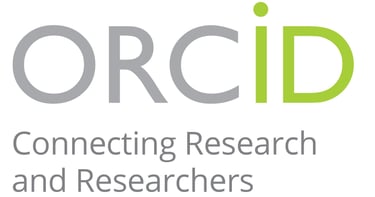Cultivating Diversity and Inclusion: Strategies for Empowering Innovation and Performance in the Workplace


In the modern workplace, diversity and inclusion have emerged as crucial elements for fostering innovation and enhancing overall performance. Rather than being merely ethical imperatives, they serve as strategic pillars that drive success in today's dynamic business landscape. In this article, we'll delve into actionable strategies to cultivate a culture of diversity and inclusion, igniting innovation and maximizing workplace effectiveness.
The Power of Diversity and Inclusion
Diversity encompasses a spectrum of differences, including but not limited to race, ethnicity, gender, age, sexual orientation, and abilities. Inclusion, on the other hand, involves creating an environment where every individual feels valued, respected, and empowered to contribute their unique perspectives and talents.
Research consistently demonstrates the advantages of diverse teams. By bringing together individuals with varied backgrounds and experiences, organizations can tap into a rich tapestry of ideas and insights. This diversity of thought fosters creativity, drives better decision-making, and fuels innovation, ultimately leading to a competitive edge in the marketplace.
Strategies for Cultivating Diversity and Inclusion
Leadership Commitment: Leadership sets the tone for organizational culture. Leaders must champion diversity and inclusion as core values, demonstrating a genuine commitment to fostering an inclusive environment. When leaders prioritize diversity, allocate resources to support related initiatives, and hold themselves accountable, they inspire confidence and trust among employees.
Inclusive Recruitment Practices: Building a diverse workforce begins with inclusive recruitment practices. Organizations should proactively seek out candidates from underrepresented groups, employ blind hiring techniques to mitigate biases, and ensure that job descriptions use inclusive language. By casting a wide net and valuing diversity in recruitment, organizations can access a broader talent pool and enrich their teams.
Training and Development: Providing comprehensive training on diversity, equity, and inclusion is essential for raising awareness and fostering understanding among employees. Training sessions can address topics such as unconscious bias, cultural competency, and inclusive communication. Additionally, organizations should offer mentorship programs and professional development opportunities to support the growth and advancement of employees from diverse backgrounds.
Creating a Supportive Environment: An inclusive workplace culture is built on trust, respect, and empathy. Organizations should establish clear policies against discrimination and harassment, promote open dialogue, and cultivate a sense of belonging among employees. Employee resource groups and affinity networks can provide valuable support and community for individuals from diverse backgrounds, fostering a culture of inclusion.
Empowering Employee Resource Groups: Employee resource groups (ERGs) play a vital role in driving diversity and inclusion initiatives within organizations. By empowering ERGs with resources, leadership support, and opportunities for collaboration, organizations can amplify their impact and leverage the collective voice of diverse employee communities.
Measuring Progress: To gauge the effectiveness of diversity and inclusion efforts, organizations should establish measurable goals and regularly track progress. Key performance indicators (KPIs) may include metrics such as representation at various levels of the organization, employee engagement scores, and diversity in hiring and promotion outcomes. By monitoring outcomes and soliciting feedback from employees, organizations can identify areas for improvement and refine their strategies accordingly.
Conclusion
Cultivating a culture of diversity and inclusion is not just a moral imperative; it's a strategic imperative for organizational success. By embracing diversity, fostering inclusion, and empowering all individuals to contribute their unique perspectives and talents, organizations can unlock the full potential of their workforce and drive innovation and performance. Together, let's build workplaces where diversity is celebrated, inclusion is the norm, and every individual has the opportunity to thrive.
About the Author
Bethany Ashley is a seasoned marketing strategist with over 10 years of experience in digital media. She rose through the ranks from a top advertising agency to become Director of Digital Marketing at a Fortune 500 company. Known for her innovative campaigns and data-driven approach, Bethany is a sought-after speaker in industry circles, constantly pushing boundaries in the ever-changing digital landscape.


"Empowering Minds, Inspiring Futures: Bridging Academia and Innovation Globally"
Wells Resource


